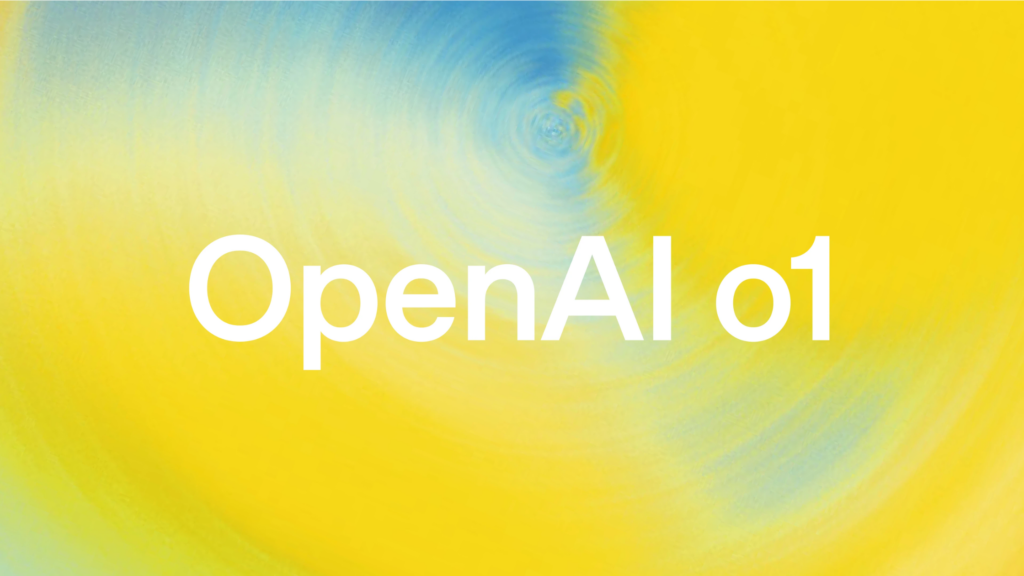OpenAI o1 Launch – The Future of AI Reasoning
In a groundbreaking announcement today, OpenAI introduced its latest AI model, dubbed OpenAI o1, marking a pivotal advancement in artificial intelligence. Unlike its predecessors, which focused on scale and speed, o1 brings something entirely new to the table: human-like reasoning.
This innovative model doesn’t just churn out answers—it walks through its thought process in a way eerily similar to how humans approach problem-solving. Imagine an AI explaining its chess strategy, or methodically working through a math problem, step by step. That’s o1’s specialty, and it could revolutionize how we interact with AI.
The new model’s ability to reason comes from an enhanced form of reinforcement learning, where o1 is rewarded for correct decisions and penalized for errors. This ongoing feedback loop mirrors the way humans learn, making o1 exceptional at handling complex, multi-step problems.
The numbers speak for themselves. In a test of problem-solving prowess, o1 achieved an impressive 83% score on the International Mathematics Olympiad qualifying exam, compared to the 13% scored by its predecessor, GPT-4o. In programming, it reached the 89th percentile in Codeforces rankings, positioning it as a key player in competitive coding.
However, this leap in intelligence comes with trade-offs. o1 is slower and more costly to operate than previous models, and it isn’t as knowledgeable in broad factual areas. But OpenAI is already addressing these issues, with future iterations aiming to create an AI as capable as a PhD student in specialized fields like advanced programming, mathematics, and scientific research.
The introduction of o1 opens the door to a new era of AI, where machines don’t just assist but collaborate and reason alongside humans, tackling real-world challenges across medicine, engineering, and more. As OpenAI continues to refine this technology, o1 stands as the first step toward a future where AI becomes an indispensable partner in innovation.



